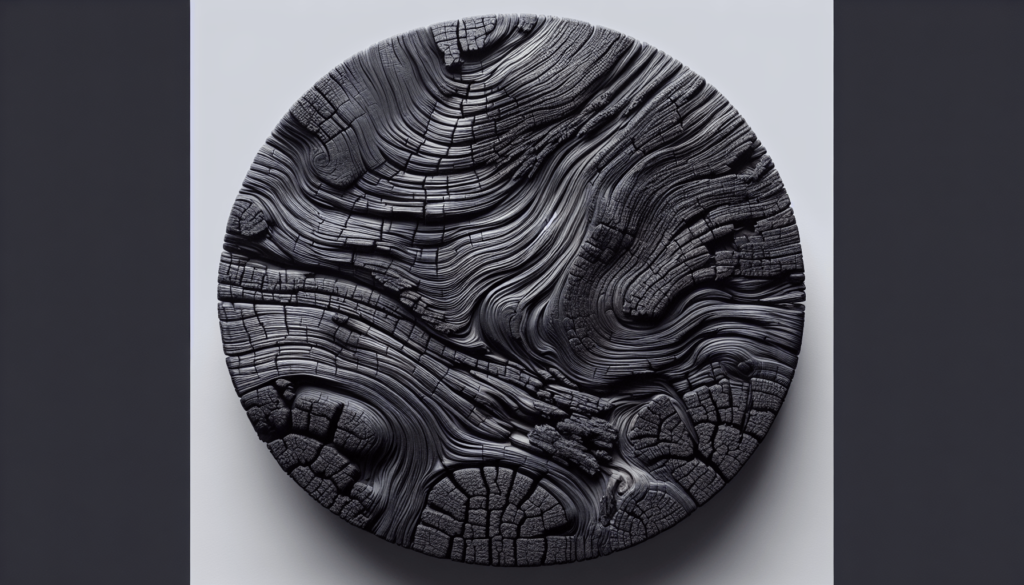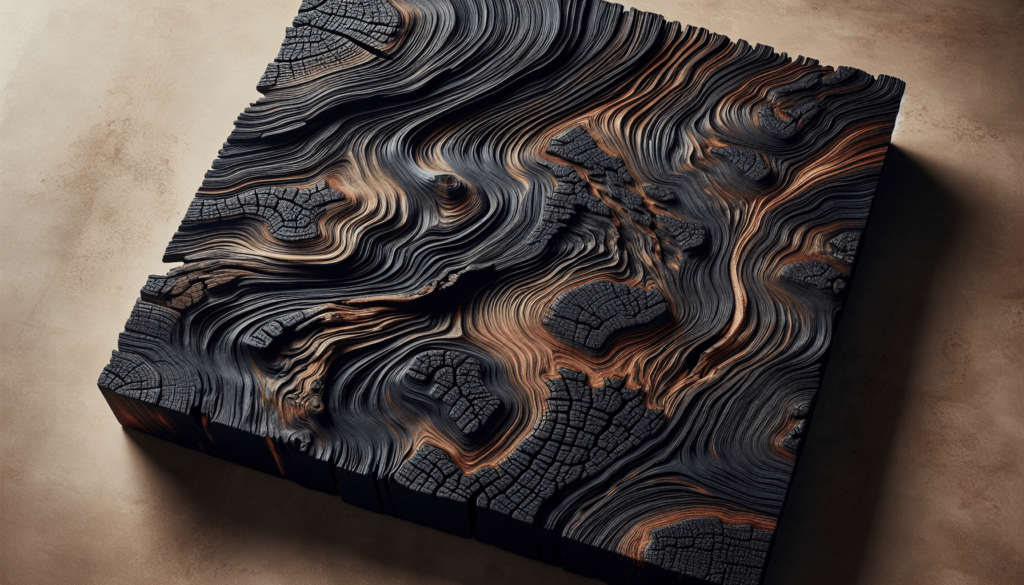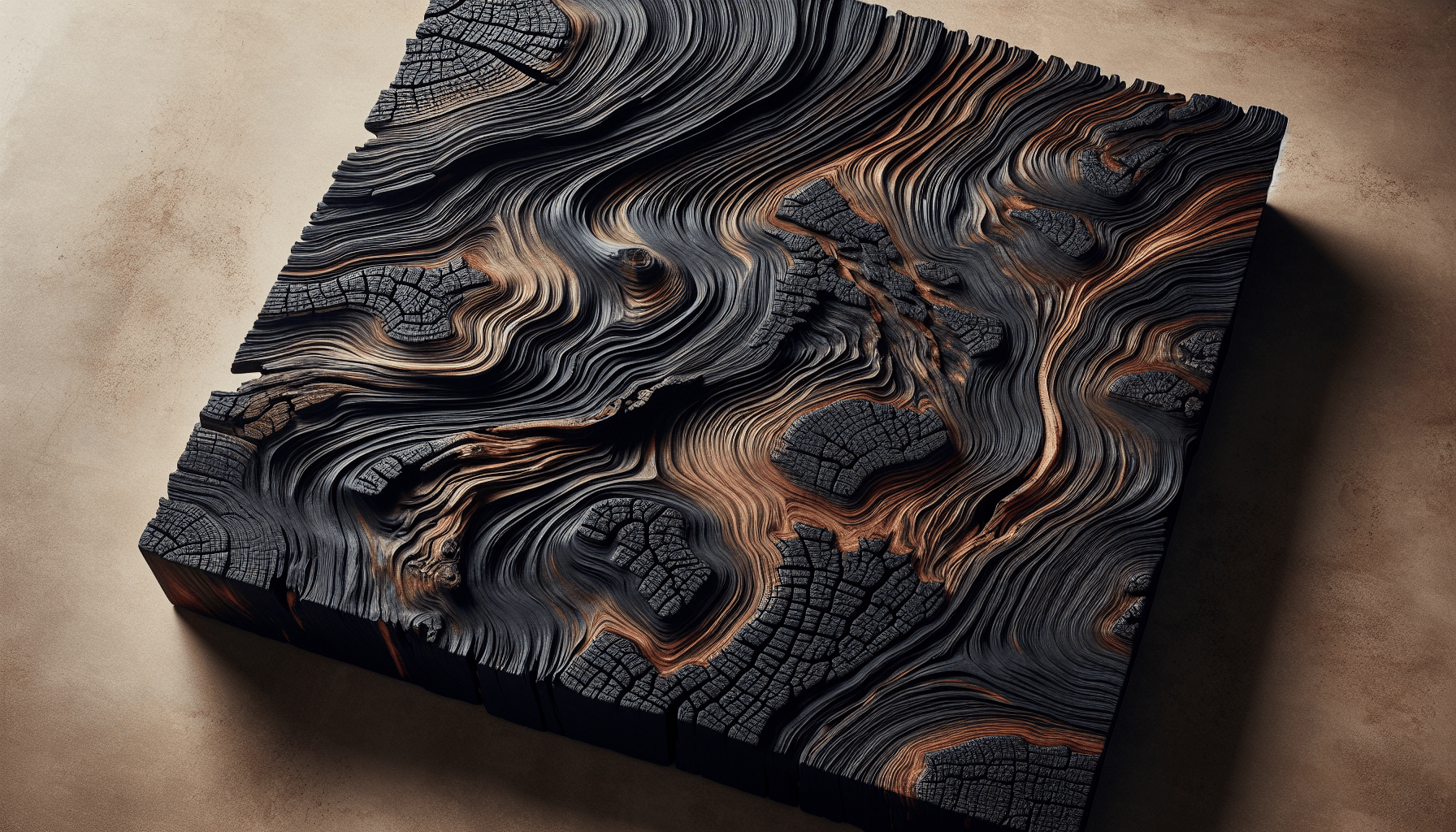Have you ever looked at a beautiful piece of charred wood and wondered about its secret connection to ancient Japanese techniques? I’m talking about Shou Sugi Ban, a stunning method of preserving wood by charring the surface with fire. Now, you might be thinking, “How does one even begin to choose the right wood for this?” Good question, my friend.
The answer isn’t just a laundry list of wood types; it’s an exploration into why some woods work wonders and others flop like a fish out of water. Let’s talk not just about the best candidates but also about what makes them worthy of the scorching process.
What is Shou Sugi Ban?
Before we get into the nitty-gritty of wood types, let’s unravel what Shou Sugi Ban actually is. Originating in Japan, this technique was traditionally used to protect wood from decay, insects, and fire. Yeah, I know—burning wood to protect it from fire sounds like an oxymoron. But that charred layer does more than you’d think. It acts like a shield, protecting the inner layers of the wood and giving it that rich, textured appearance that’s just, well, chef’s kiss.
Historical Background
It’s fascinating how ancient techniques can find a place in contemporary design. In the 18th century, the Japanese discovered that burning the surface of cryptomeria wood (a type of cedar) made it more durable. Fast forward to today, this method has been embraced globally for its aesthetic qualities and durability.
Essential Characteristics of Wood for Shou Sugi Ban
Alright, let’s break down what makes specific woods the rock stars of the Shou Sugi Ban world. The wood you choose has to tick some important boxes.
Softwood vs. Hardwood
You might be leaning towards hardwoods, thinking that denser is better. But hold on a second. Softwoods are actually easier to char and respond better to the process. The cellular structure of softwoods like cedar allows for greater char depth.
| Criteria | Softwood | Hardwood |
|---|---|---|
| Char depth | Deeper | Shallower |
| Ease of burning | Easier to char | Harder to achieve uniform charring |
| Texture | Enhanced grain patterns | Less pronounced grain patterns |
Wood Grain
Grain and texture play a huge role too. You’ll want wood with a straight grain, which ensures an even char. Uneven grains can create inconsistencies that may look less appealing and could even affect the durability of the finish.
Oil Content
The amount of natural resin in the wood is another crucial factor. More resin means the wood will catch fire easily but will also create uneven charring. That’s why selecting the right wood species makes such a difference.

Top Wood Choices for Shou Sugi Ban
Okay, so now that we’ve set the stage, let’s get to the good stuff. Here are some of the best woods you can use for Shou Sugi Ban, each with its own unique characteristics that make it ideal.
Cedar
Cedar is the gold standard for Shou Sugi Ban. The high resin content makes it easy to burn, but it also has natural insect-repelling properties. Red cedar, in particular, is a popular choice because of its ability to create a rich, dark char that contrasts beautifully with the reddish color beneath.
Pine
Pine is another excellent choice, especially if you’re looking for something more budget-friendly. The soft, straight-grained wood chars evenly and provides a smooth finish. It’s particularly good for beginners because it’s more forgiving during the charring process.
Cypress
Cypress has long been used in Japan for Shou Sugi Ban and has excellent durability. Its water-resistant qualities make it ideal for exterior applications. The natural oils in cypress also contribute to a rich, dark char that is visually striking.
Spruce
Spruce is another softwood that works well for this technique. It’s relatively easy to find and reasonably priced. The wood burns evenly and gives a clean, smooth finish that can be quite striking.
Douglas Fir
While not as commonly used, Douglas Fir can be a solid choice. Its straight grain makes it suitable for charring, and it has a higher density than cedar or pine, offering additional durability.
The Charring Process
You’ve got your wood. Now what? How do you get that perfect char without turning your project into a pile of ashes? Here’s a step-by-step guide to get you there.
Preparation
First off, safety is key. Wear protective gear and ensure you’re working in a well-ventilated area. You don’t want to end up in a smoky mess.
- Clean the wood: Make sure your wood is free of dirt and debris.
- Set up your station: Have a safe area where you can work without the risk of starting an unintended fire.
Tools
A propane torch is commonly used for charring. It gives you control over the intensity and area of the burn. You’ll also need a brush to clean off the soot post-charring.
The Burning
This is where the magic happens. Starting from one end, move the torch evenly across the wood, making sure to cover all areas. Don’t linger in one spot for too long to avoid uneven charring.
Post-Burn Treatment
Once you’ve achieved your desired char, let the wood cool down. Then, use a wire brush to remove the soot and reveal the beautiful texture beneath.
Sealing
To protect the charred wood, it’s a good idea to use a sealant. This not only enhances the finish but also adds an extra layer of protection against the elements.

Maintenance
Charred wood is low maintenance, but it’s not entirely maintenance-free. Depending on its exposure to the elements, you may need to reapply a sealant every few years to keep it looking its best.
Cleaning
A yearly clean-up can go a long way. Quick brushing or washing off dirt and debris helps maintain its appearance. Just be sure to use mild soap and water; harsh chemicals can damage the charred layer.
Monitoring for Wear
Keep an eye out for any wear or damage. Early intervention can prevent minor issues from becoming major problems. If you notice the char layer wearing off, it might be time for a re-burn or additional sealing.
Applications of Shou Sugi Ban
Wondering where you can showcase this extraordinary wood treatment? Let’s look at a few practical and stylish applications.
Exterior Sidings
One of the most common uses is for exterior building sidings. The charred wood not only looks stunning but also has added durability and resistance to weather impacts.
Fencing
Bring a touch of elegance to your garden with Shou Sugi Ban fencing. The stark black lines contrast beautifully against greenery, making for a striking visual.
Interior Accents
Believe it or not, Shou Sugi Ban can work wonders indoors too. From feature walls to cabinetry, the charred texture adds a unique touch to interior spaces.
Furniture
Imagine a table with a surface like no other. Charred wood furniture pieces are certainly conversation starters. Plus, they retain all the durability and character that make Shou Sugi Ban such a beloved technique.
Environmental Impact
I know, you’re wondering—what about the environmental footprint? The great news is that Shou Sugi Ban is pretty eco-friendly.
Sustainability of Materials
Since softwoods like cedar and pine are often sourced from sustainably managed forests, you’re off to a good start even before the charring process.
Reduced Need for Chemicals
Traditional wood treatments often require a slew of chemicals. With Shou Sugi Ban, you’re simply using fire, which means fewer chemicals leaching into the environment.
Challenges and Considerations
It’s not all roses and charcoals, though. There are a few hurdles to keep in mind.
Costs
While the technique can save on chemical treatments, the initial setup—like buying a propane torch and safety gear—can be a bit pricey.
Skill Level
It might take a couple tries to get it just right. But don’t fret; practice makes perfect.
Availability of Materials
Depending on where you are, finding the right type of wood might be challenging. Imported woods like Japanese cedar can be costly and hard to come by.
Conclusion
Choosing the best wood for Shou Sugi Ban is like picking the right partner for a dance. It’s a blend of compatibility and personal preference. Cedar often tops the charts for its remarkable balance of burnability, aesthetic appeal, and durability. But pine, cypress, and other softwoods hold their own too.
Remember, the beauty of Shou Sugi Ban lies not just in its visual appeal but also in its rich history and the unique touch it can add to modern design. So, whether you’re a seasoned DIYer or someone just fascinated by the ancient art, a charred wood masterpiece is within your reach.
There you have it! I’d love to know if you’ve tried or are planning to try Shou Sugi Ban. What wood did you choose, and how did it turn out? It’s all about experimenting and finding what works best for you.

